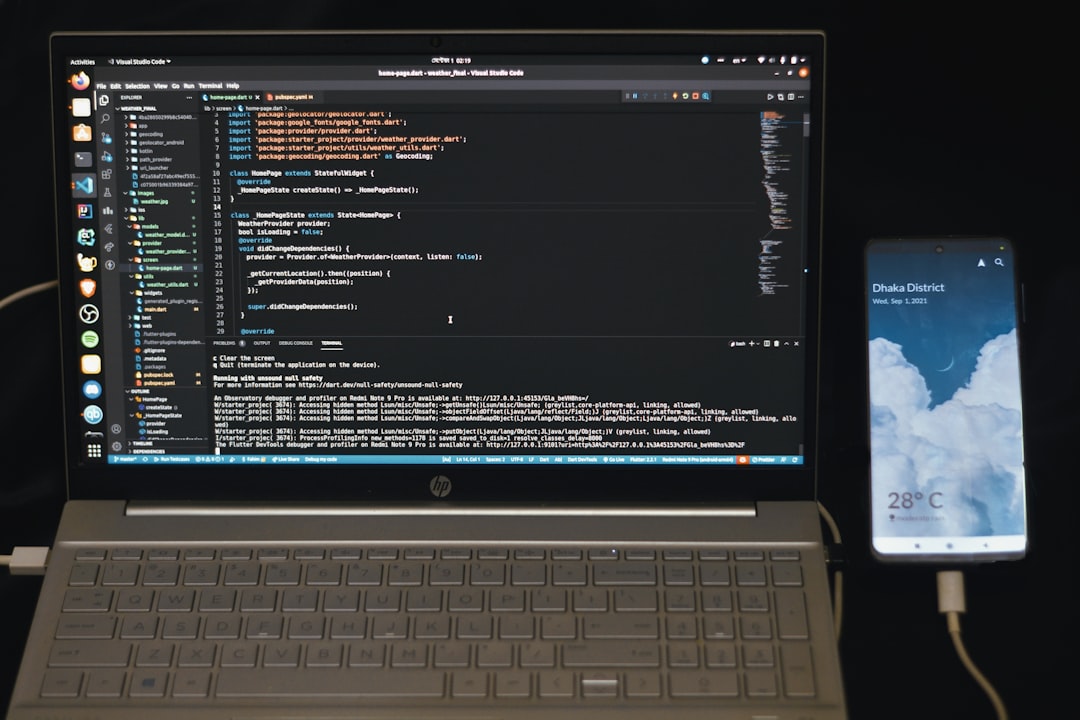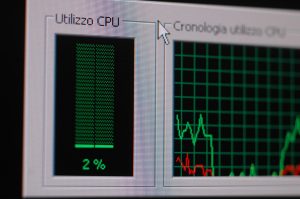Understanding the Perflogs Folder in Windows and Whether to Delete It
3 min read
While exploring the contents of your Windows installation drive, you may have come across a folder named PerfLogs. This folder can raise questions—what is it for, can it be deleted, and does it affect system performance or security? To help you make informed decisions, this article provides a detailed explanation of the PerfLogs folder, its purpose, and whether it’s safe to remove it.
What is the PerfLogs Folder?
PerfLogs, short for Performance Logs, is a system-generated folder in Microsoft Windows operating systems. It is typically located at the root of the system drive, most often C:\PerfLogs. The folder is created by the Windows Performance Monitoring tools and is linked to the Windows Performance Monitor utility.
This utility is designed to analyze and log system performance metrics, which can be useful to IT professionals, developers, and advanced users who want to troubleshoot or optimize system behavior.
The PerfLogs folder contains logs that help track information such as:
- CPU usage and activity
- Disk throughput and performance
- Network interface activity
- Application response times
These data logs are used primarily for diagnostic purposes and are typically generated when the Windows Performance Monitor or other system analysis tools are used manually.

Do You Need the PerfLogs Folder?
For the majority of home users, the PerfLogs folder is rarely, if ever, used. It’s primarily useful in corporate environments or among users who actively perform performance diagnostics. If you’ve never run any performance monitoring or assessment tools, there’s a good chance your PerfLogs folder is either empty or contains minimal data.
However, it’s important to distinguish between a folder that’s not essential for daily functioning and one that should be deleted. Just because the folder might be unused does not automatically mean that it is safe or necessary to remove it.
Is it Safe to Delete the PerfLogs Folder?
Technically speaking, deleting the PerfLogs folder will not break Windows or affect your day-to-day computing tasks. However, there are several considerations to keep in mind:
- Windows may recreate the folder if performance monitoring tools are used again in the future.
- Permissions settings may require administrative privileges to delete the folder.
- Some system administrators prefer to retain all default system folders for consistent troubleshooting.
If you’re determined to delete the folder and you’re certain that you won’t need the related functionality, it’s best to first back it up or move it temporarily to another location. Keep in mind that some enterprise or advanced tools might rely on writing logs to this directory, and removing it could potentially lead to errors in diagnostics.
Cleaning Up the Contents Instead
Rather than deleting the entire folder, a safer alternative is to simply clean up its contents. If the folder contains old logs taking up space, manually reviewing and deleting these files poses significantly less risk than removing the folder altogether.
To clean the folder:
- Open File Explorer and navigate to C:\PerfLogs.
- Inspect the contents of subfolders like Admin or System.
- Select and delete only the performance log files you’re sure are no longer needed.

Should You Keep the Folder?
Ultimately, it’s a matter of personal preference and usage:
- Keep it if you occasionally use tools like Performance Monitor or want your system logging structure to remain intact.
- Clean it if the folder is growing in size with outdated logs and you want to free up disk space.
- Delete it only if you are confident it’s of no use to you and if you understand how to restore or recreate it should the need arise.
Conclusion
The PerfLogs folder is a legitimate part of the Windows operating system that supports performance diagnostics and monitoring. While it is generally safe to delete, doing so is rarely necessary and provides minimal practical benefit for the everyday user. When in doubt, opt for cleaning unnecessary files within the folder rather than removing it entirely. Preserving system structure by letting Windows retain its organizational paths is often the safer and more stable option.



